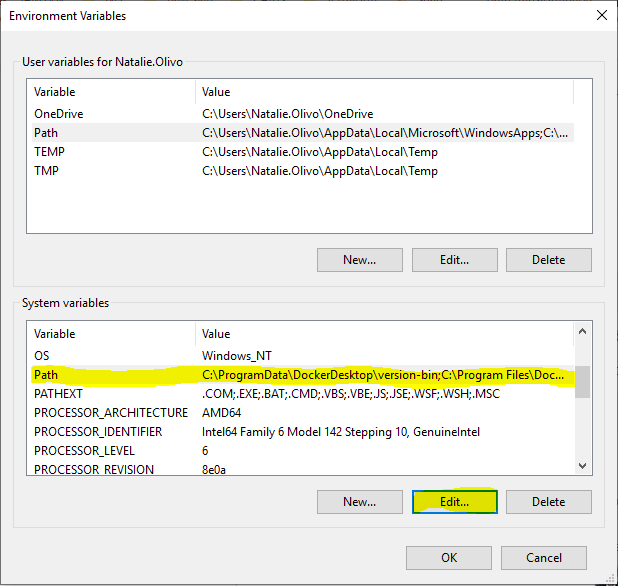

This will allow you to select an existing IAM policy to attach to your user.Īfterwards, click the checkbox beside AdministratorAccess as seen in the image below.

On the next page, the first thing you’ll want to do is to select the Attach existing policies directly tab. Programmatic access will ensure aws access keys and secret access keys are generated which will be needed when we configure the CLI. Naming our IAM user and enabling Programmatic access. Afterwards, click Next: Permissions in the bottom right. If this is something you want to do, make sure to select this option.
#INSTALL AWS CLI MAC OS HOW TO#
Selecting this option will provide you allow you to login to this user via the AWS console using a username and password as opposed to interacting with AWS programmatically. This video explains how to install the AWS CLI (Command Line Interface) on macOS, so that you are able to administrate the AWS Cloud Services remotely from y. Optionally, you can click the checkbox to enable Password – AWS Management Console Access. Failure to do so will result in IAM access keys and secret access keys not being generated, and therefore you won’t be able to configure your CLI! Under the Select AWS access type make sure you select the checkbox for the top option Access Key – Programmatic Access as seen below. Note that its a good idea to pick a descriptive name for your mac if you’ll be creating many IAM users in the future. Firstly, pick a username and enter it into the first text box.

The next page is the first step of the IAM User creation wizard. You can do this quickly by typing in IAM in the top search bar and selecting the first option like seen below. Head over to the AWS console and find the IAM section (note: you must login first). If you’re interested in learning more about how IAM works and basic concepts, you can check out my Introduction to IAM article here. Note that if you delete that account or deactivate the keys, you will lose access via the CLI. We’ll use these two keys to configure our CLI so that we can leverage that account to interact with AWS. When we create our user account, AWS will provide us with two important keys: the access_key and secret_access_key. In this step we’re going to head over into the AWS console and create an IAM user that has access to our AWS account. Next up, we need to configure our CLI profile to give us access to our aws account. Post installation, we test the CLI using “aws” command to confirm it was installed correctly.
#INSTALL AWS CLI MAC OS MAC OS#
If installed successfully, you should see an error message similar to what we see below. In this article we are going to cover How to Install AWS CLI on MAC OS, Install AWS CLI on MacOS using curl/wget, Install AWS CLI Version using Mac OS user Interface, Install AWS CLI version on Mac OS using command line, Install AWS CLI version on Mac OS using Homebrew and Uninstall AWS CLI Version from Mac OS.

Type the command aws into the prompt and press enter. Open your terminal (hint: you can press CMD + SPACE and then type in “Terminal” to find it quickly”). To confirm we installed the CLI correctly, we need to boot up our terminal to run a command. no-user-cfg install -prefix=/usr/local/Cellar/aws-elasticbeanstalk/3.4.4/libexec -single-version-externally-managed -record=installed.Successful installation page of the AWS CLI on Mac. no-user-cfg install -prefix=/usr/local/Cellar/aws-elasticbeanstalk/3.4.4/libexec -single-version-externally-managed -record=installed.tx no-user-cfg install -prefix=/usr/local/Cellar/aws-elasticbeanstalk/3.4.4/libexec -single-version-externally-managed -record=instal It seems that everything is fine but I got an error at the end MacBook-Pro-de-paquirrin:Home paquirrin$ brew install awsebcli I want to install the EB CLI with the brew command.


 0 kommentar(er)
0 kommentar(er)
